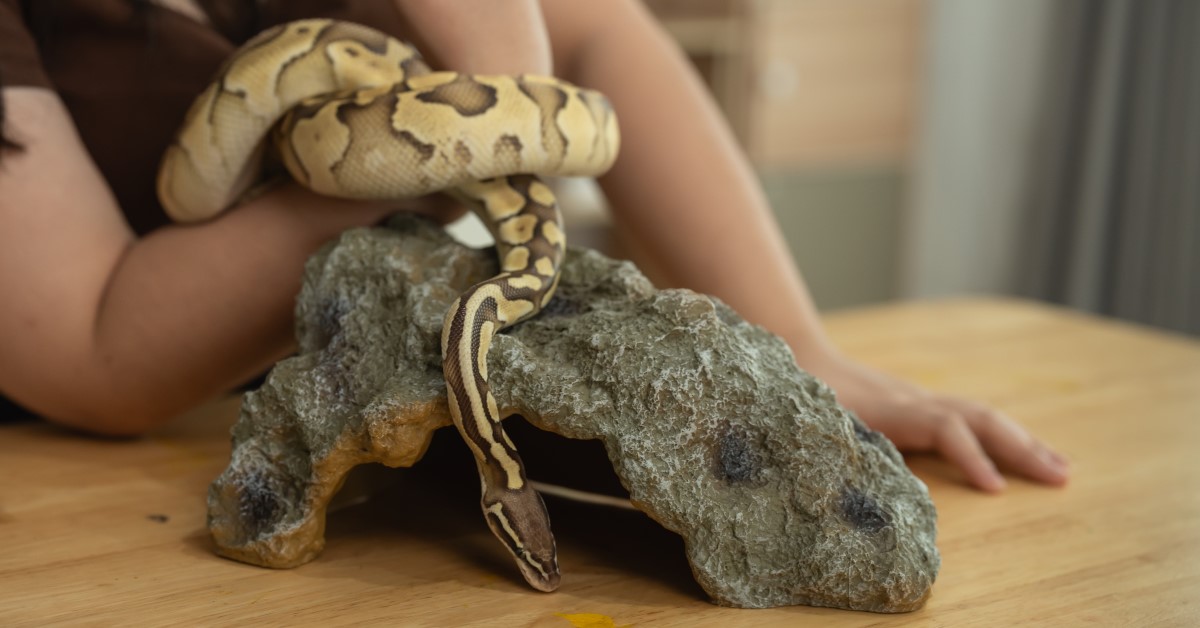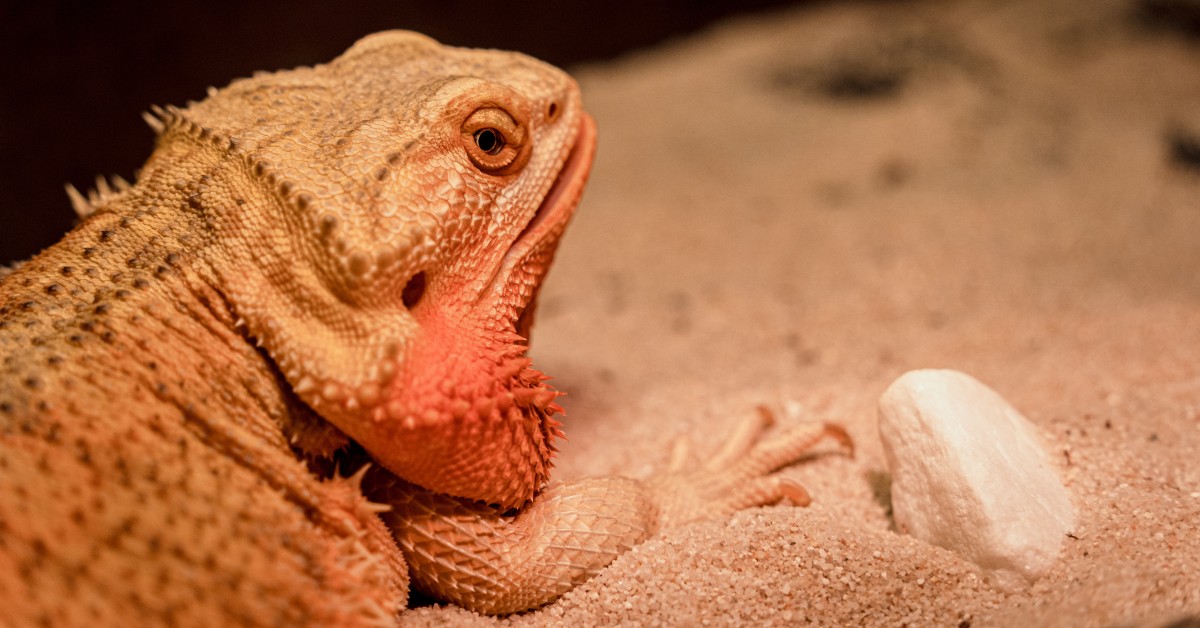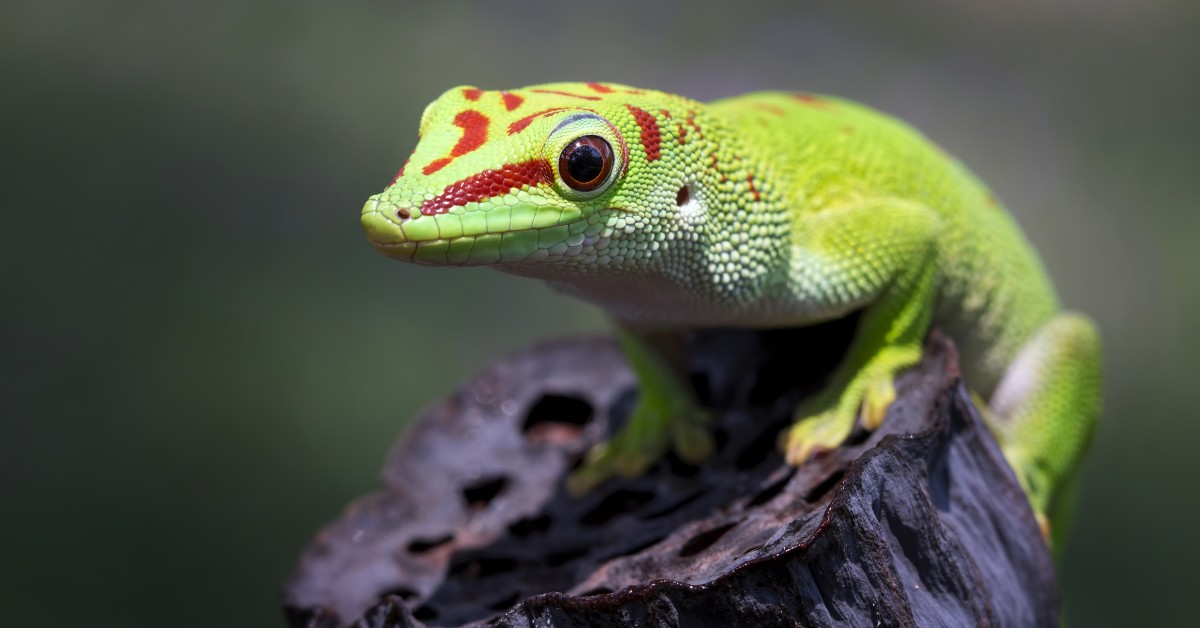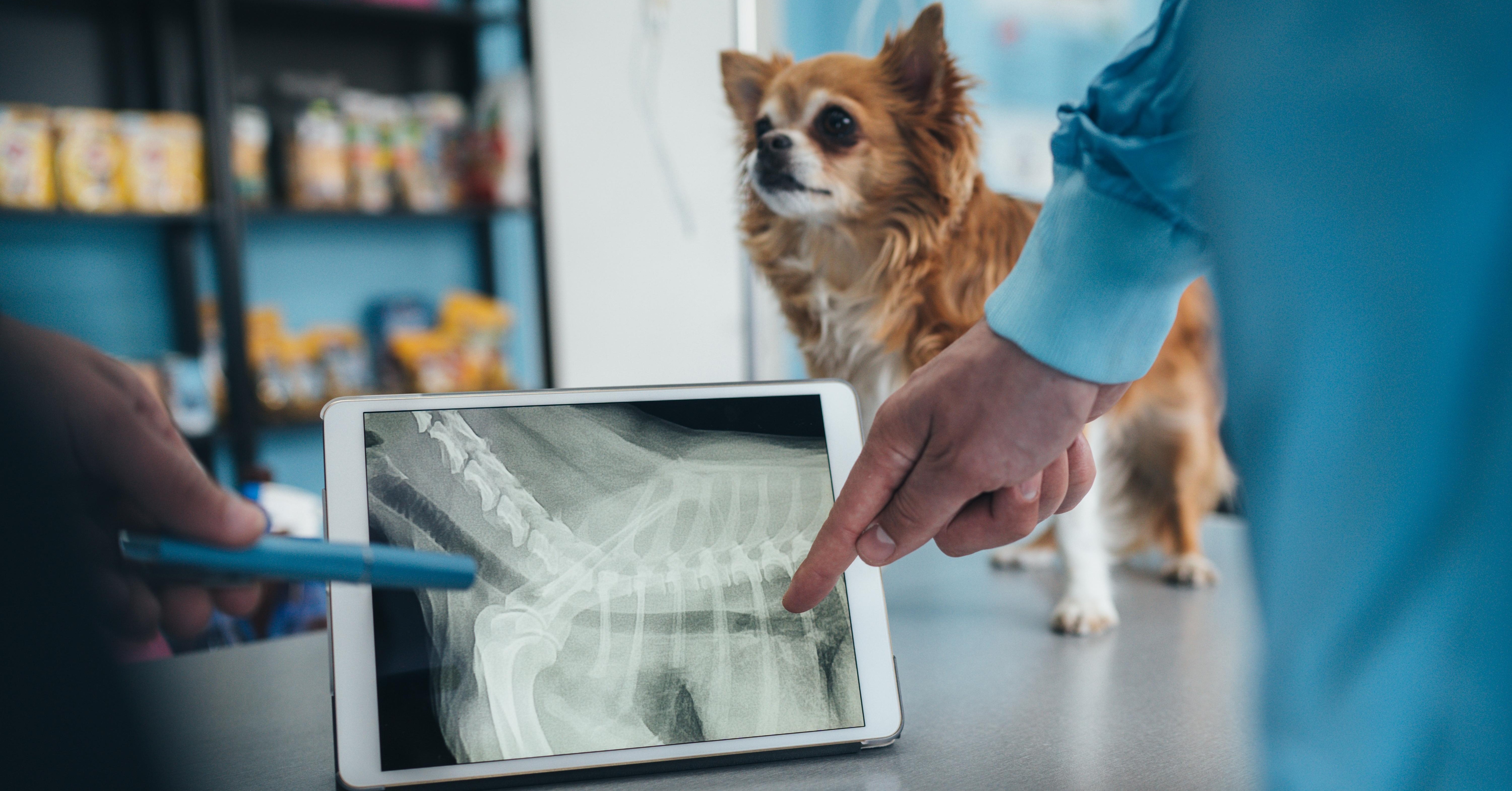What to Feed Your Pet Snake
Keep your pet snake well nourished with these expert snake feeding tips.

So you've decided to make the leap from the standard dog or cat to the fascinating world of snake ownership. Snakes make interesting, unusual household companions, but they come with their own learning curve -- including dietary and nutritional challenges. If you want to give your pet reptile the nutrients it needs and the food it prefers, take a moment to explore the questions of what, when, and how much to feed these animals.
What's on Your Pet Snake's Menu?
While all snakes are carnivores, different snakes subsist on different types of prey depending on their species, size, and stage of life. Common small snakes such as grass snakes and rough green snakes can live quite happily on a diet of insects and worms. Egg-eating or snail-eating snakes have obvious food preferences. Water snakes eat small fish, frogs, and other aquatic creatures.
Although they may need to rely on insects until they grow large enough to tackle bigger prey, snakes that grow to medium or larger sizes will usually end up eating warm-blooded food. Pet shops provide frozen killed animals such as pinkie mice as snake food. (Large snakes such as ball pythons can even swallow rabbits.) Whatever your snake eats, you should avoid feeding your pet snake live prey, which may fight the snake and cause serious or even fatal injuries.
Not everyone feels comfortable with the idea of feeding mice to a snake and watching it eat. If you'd rather skip that aspect of snake ownership, ask your pet shop or veterinarian to recommend an insect-eating breed.
Best Practices for Feeding Your Pet Snake
If you use frozen prey as snake food, take it out of the freezer and let it thaw out before presenting it to your pet. Wash your hands to remove any odor from the snake food -- you don't want a hungry reptile snapping at your fingers. Use tongs as an extra snake feeding safeguard.
Because snakes display less aggression when out of their usual enclosure, you'll want to use a plastic tub (with air holes) as a dedicated feeding environment. Feed the prey to the snake, waiting patiently until it has finished eating before returning it to its enclosure. Handle the snake with care to avoid upsetting its full belly.
As complex and potentially unpleasant as snake feeding may sound, you can take comfort in the fact that you won't have to do it constantly. Unlike most pets, snakes don't need feeding on a daily basis. Small insect-eating snakes will require a meal every two or three days, while snakes that dine on larger prey may be content with just one meal per week or less. Consult your veterinarian for a feeding schedule that suits your particular snake.
Snakes need water as well as food, even if they don't drink very much at a time. Keep a refilled bowl of fresh water in your snake's enclosure. The water serves a double purpose: Not only does it help your snake stay hydrated, but it also adds some welcome humidity to the enclosure. If you have a tree snake, spray some water into the enclosure occasionally so the snake can lap it up.
When Your Snake Won't Eat
There's always a reason when a pet snake suddenly decides to stop eating in its usual manner. For instance, some snakes will temporarily lose their appetite when they're about to shed their skin. A stressful experience such as a change to a different enclosure may also throw a snake off its normal meal schedule. In the simplest scenario, your snake may have eaten recently enough that it just doesn't feel like eating again just yet.
Watch your snake's reaction to your feeding efforts. If it goes for the food eagerly, then it is ready to eat. If not, wait a while and try again later. A snake that roams its enclosure anxiously and flicks its tongue frequently is probably ready to be fed.
Heat and light levels can affect a snake's eating habits. Many wild snakes eat less when the days grow shorter, for example. To keep your snake eating regularly, you may need to provide a 12-hour cycle of light and dark with the aid of a heat lamp. North American snakes may prefer 10 hours of light in the winter months and 14 hours of light in the summer months.
Bear in mind that illness can cause a snake to lose its appetite. A parasitic infestation of the intestines offers a prime case in point. Kidney disease, a virus, or cancer can also make your snake stop eating. If you can't determine the reason for your snake's loss of interest in food, take it to the vet right away for evaluation and any necessary treatment.
Get More Dietary Advice From an Exotic Animal Vet
If you own a pet snake, you need to find a local veterinarian who specializes in exotic animals such as reptiles. This expert can diagnose any issues quickly and easily while dispensing welcome advice on how to give your pet the healthiest possible lifestyle. Deworming and other medical treatments may help an anorexic snake resume its normal eating habits. Once you have the right vet on your side, your slithery friend should enjoy a healthy, happy, well-fed routine!
Ready to start saving money on pet wellness care?
Then take a look at Mint Wellness, the pet wellness plan that provides fast reimbursement on routine pet care. Save on vaccinations, wellness exams, preventatives, dental, and more!
Learn More


